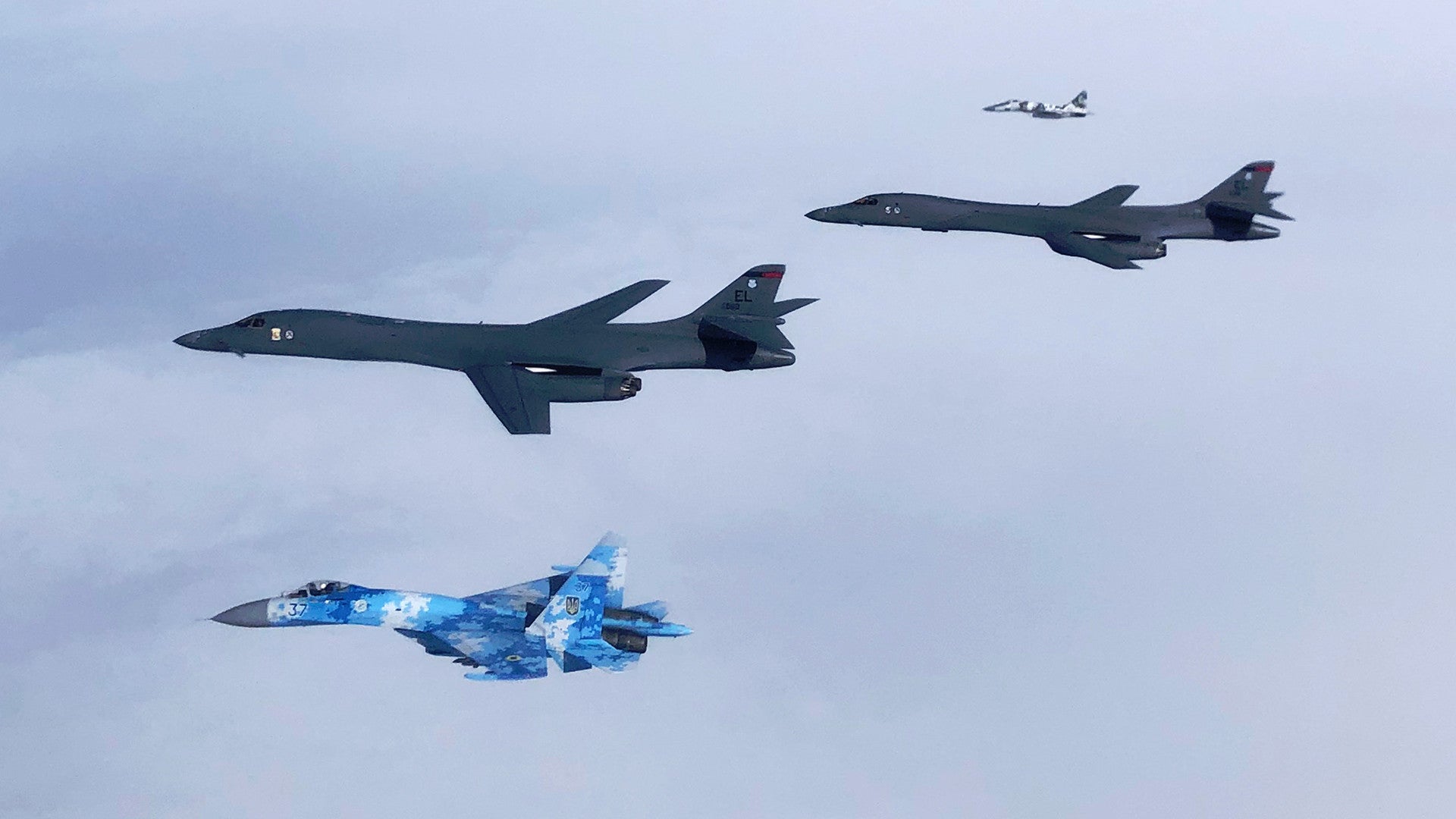In a scene that was probably unthinkable when the B-1B first entered service in the 1980s, a pair of the bombers flew together with Ukrainian Su-27 Flanker and MiG-29 Fulcrum fighter jets for the first time ever during a training mission over the Black Sea earlier today. Polish MiG-29s and Romanian MiG-21 Lancers, as well as F-16 Vipers from both of those countries, also escorted the bombers during their long-range flight all the way to and from Ellsworth Air Force Base in South Dakota.
The two bombers from the 28th Bomb Wing conducted the so-called Bomber Task Force mission over the Black Sea region on May 29, 2020. The Air Force’s B-1B fleet, as a whole, has recently stepped up this kind of long-range training in both Europe and the Pacific region as part of a concept larger called Dynamic Force Employment, which aims to make these kinds of activities less predictable and more flexible to better deter potential adversaries and reassure regional allies and partners. The dramatic increase in these missions, which are now occurring on a routine, if irregularly scheduled basis, follows a seemingly abrupt end of routine bomber deployments to the island of Guam in the Pacific as part of the Continuous Bomber Presence mission, which The War Zone was first to report.
“Bomber Task Force missions to Europe demonstrate [a] commitment to our allies and partners all while providing a clear deterrence message to any adversary,” Air Force General Jeff Harrigian, head of U.S. Air Forces in Europe, the service’s top command in that region, said in a statement following this latest long-distance bomber mission. “The integration of our strategic bomber presence across Europe proves that the U.S., alongside any ally or partner, stands ready to deter, and if needed, can employ these capabilities together.”
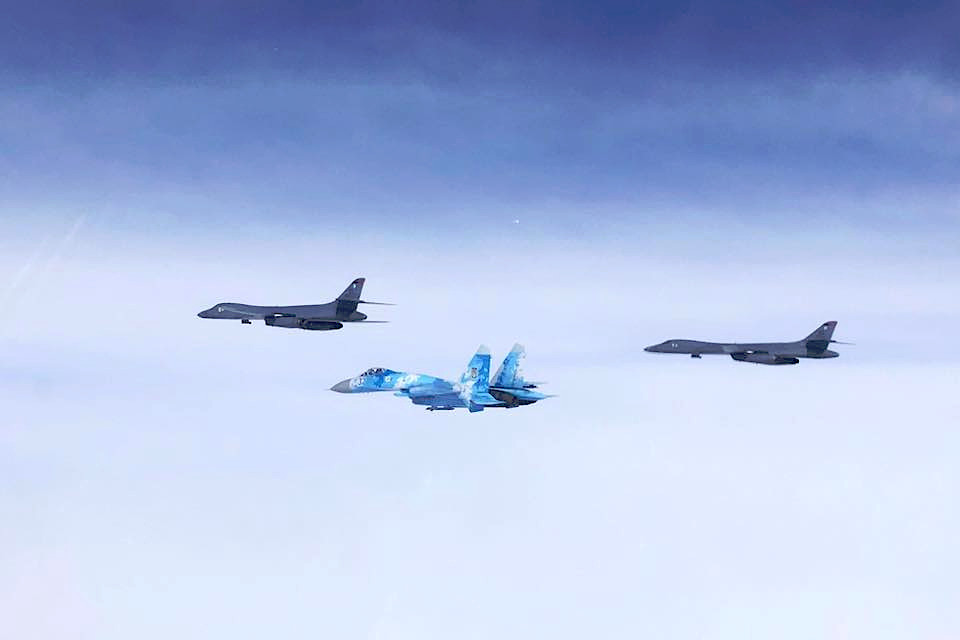
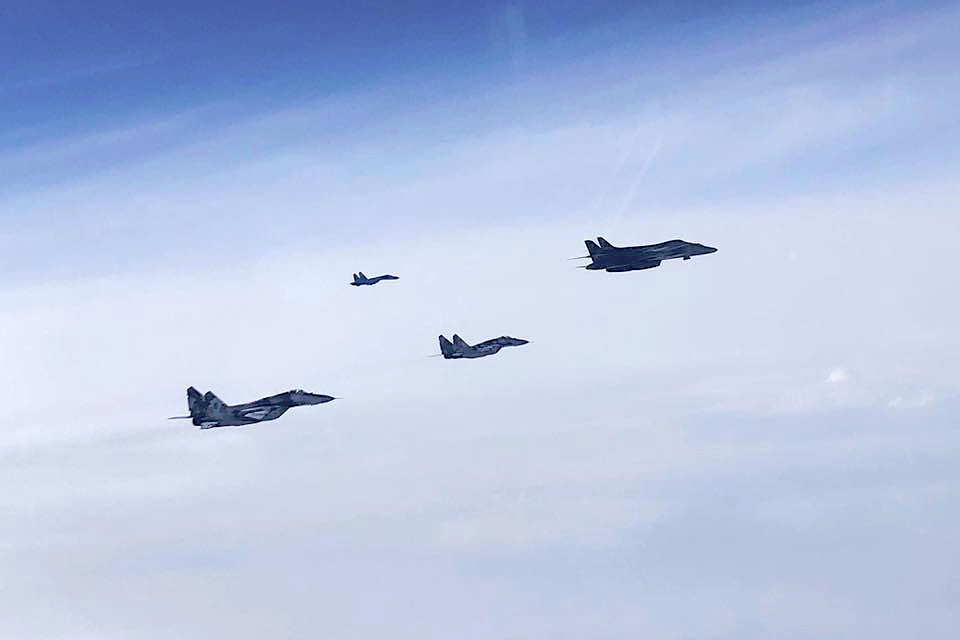
“The Bomber Task Force missions demonstrate to our NATO Allies, including our newest member – North Macedonia – that these strategic missions enhance the readiness and training necessary to respond to any potential crisis or challenge around the globe,” Air Force General Tod Wolters, head of U.S. European Command, which oversees all U.S. military operations in the region. “The integration and interoperability with our NATO Allies during these missions, be it aerial tanker support or fighter escorts, are indelible actions that show the Alliance is as strong as I’ve ever witnessed.”
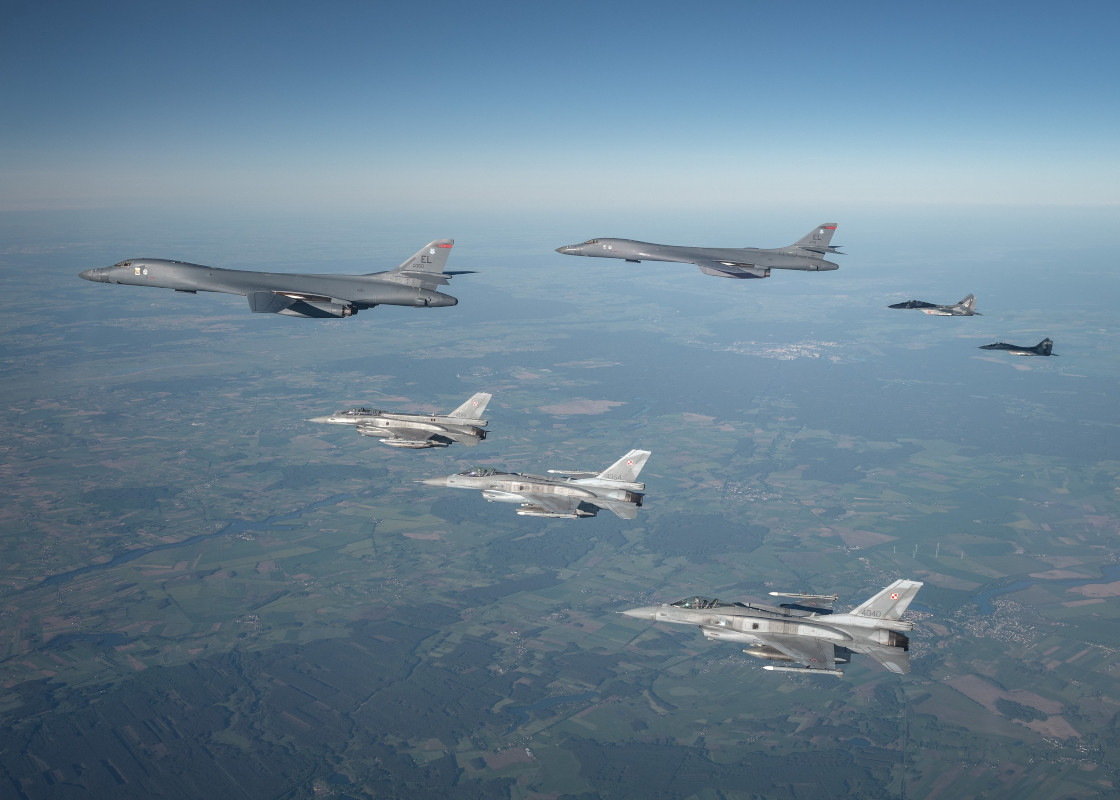
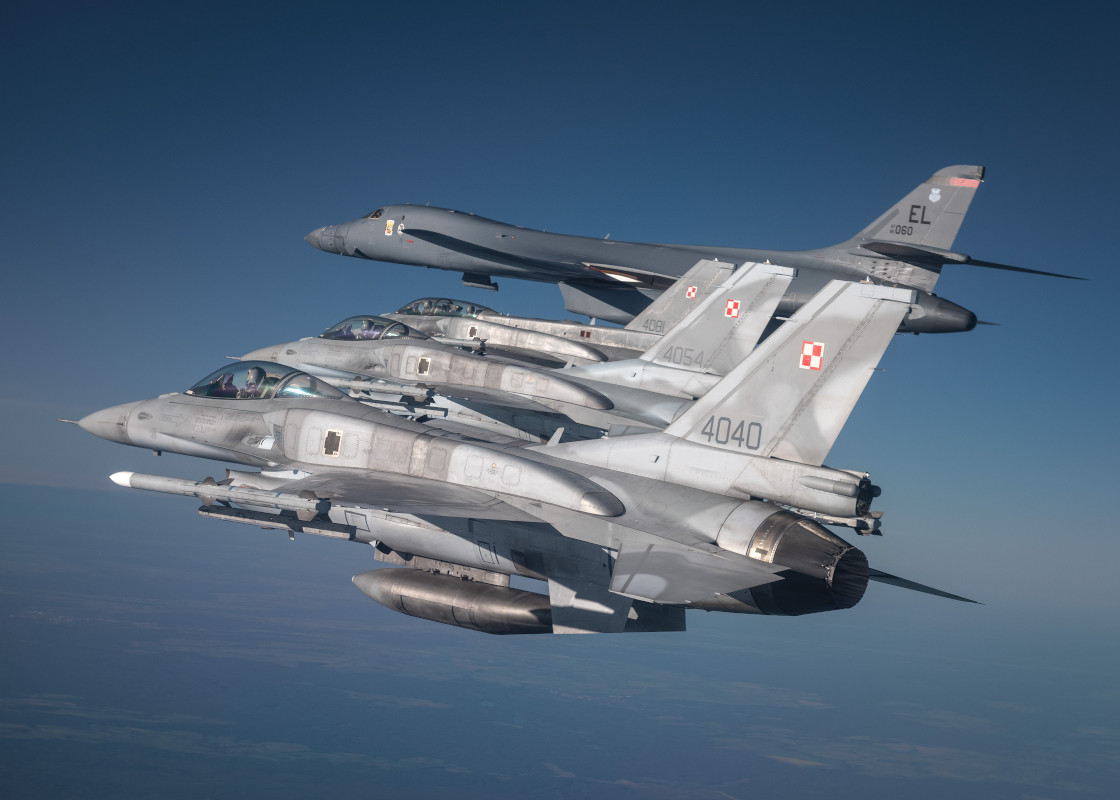
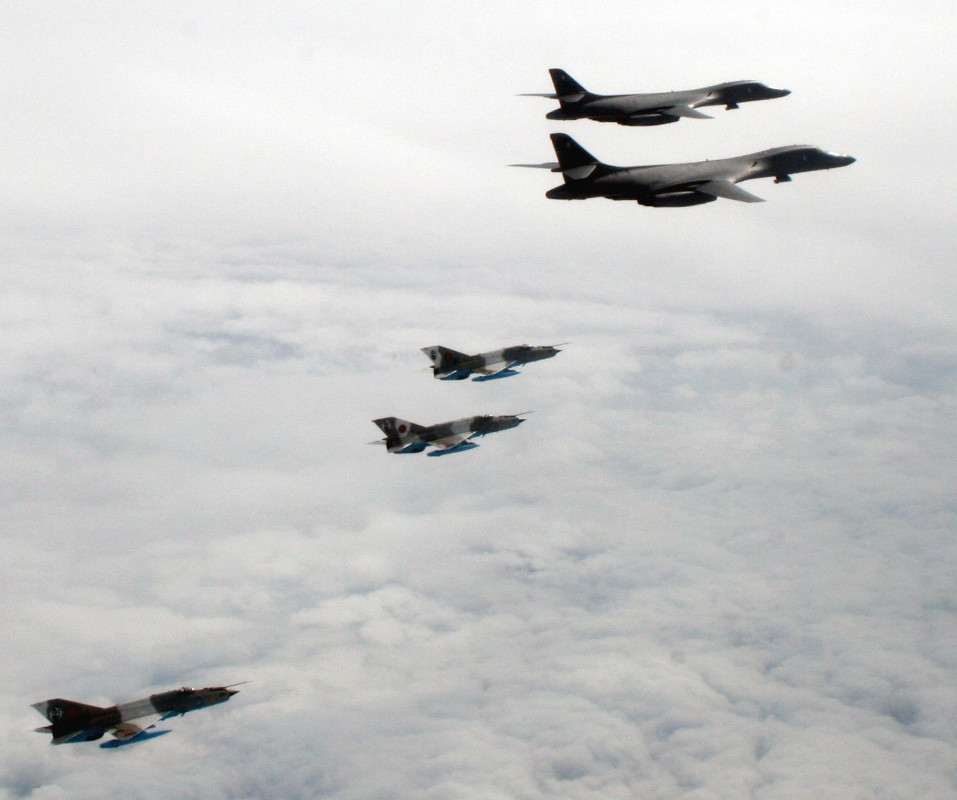
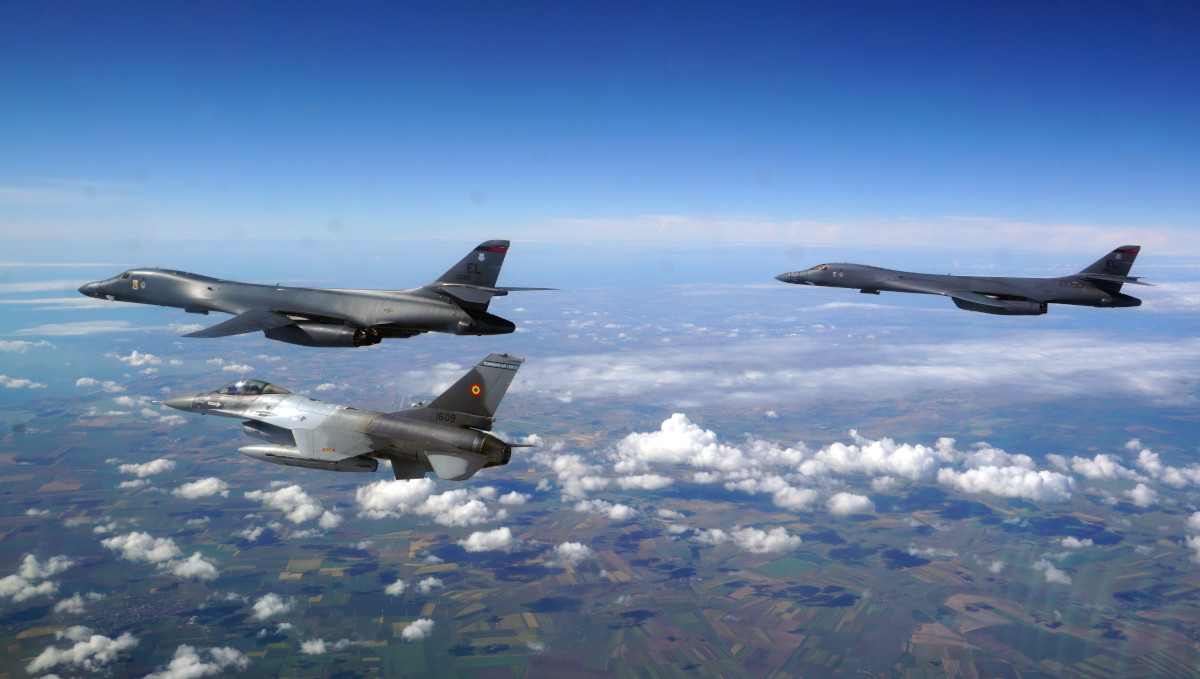

The aerial refueling tanker support that General Wolters mentioned was critical to the long-range mission. Air Force KC-135R tankers flying from both RAF Mildenhall in the United Kingdom and Incirlik Air Base in Turkey helped the B-1Bs get to and from the Black Sea. In another first, a Turkish KC-135R also refueled the bombers. Other unspecified NATO aerial refueling tankers provided fuel to the escorting fighters at various points, as well, according to the Air Force.
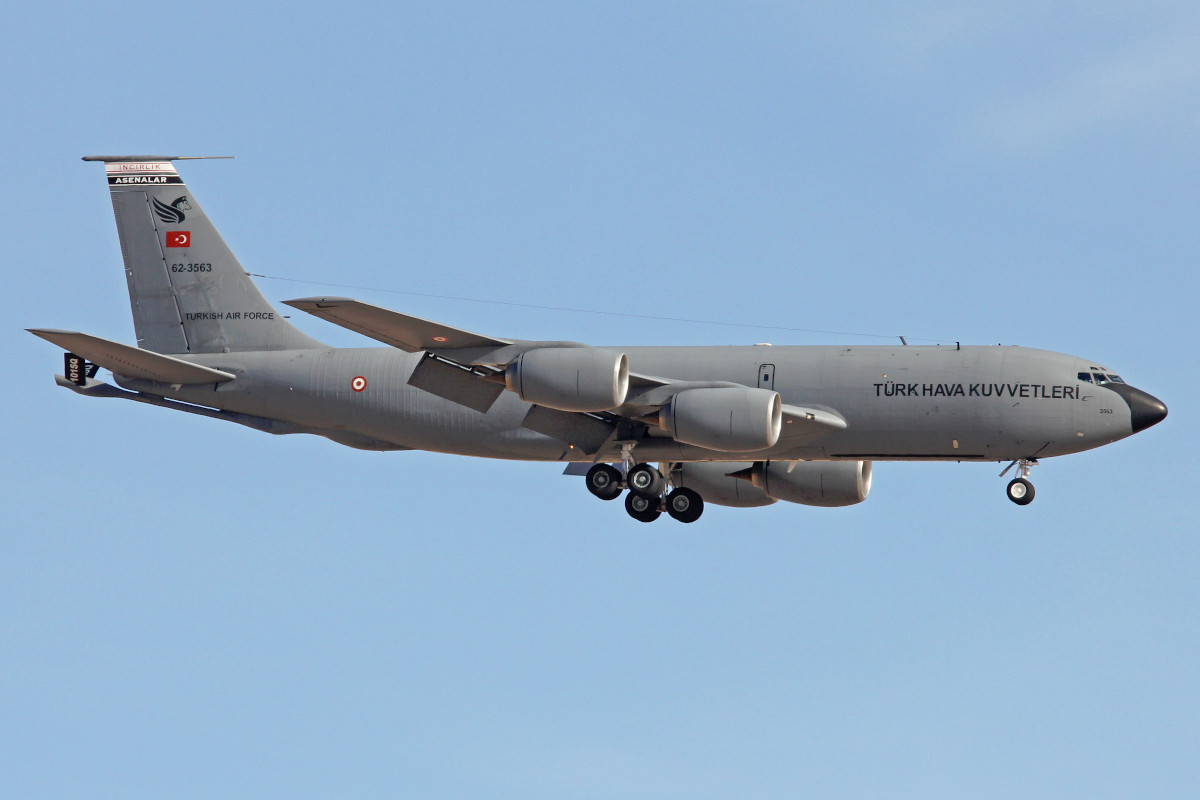
This particular Bomber Task Force mission was certainly an impressive display of the ability of NATO air arms to work together and a reflection of how they might operate as a coalition during a real crisis or other contingency. The inclusion of a Turkish Air Force tanker is notable in of itself given how cool relations are between Washington and Ankara, as well as between the Turkish government and the rest of NATO, are at present over a host of issues.
Conducting the flight over the Black Sea, especially together with fighters from Ukraine, which is not a member of the North Atlantic Alliance, is also a particularly strong signal to Russia. The Black Sea region has been the scene of significant friction in the air and at sea between the American and Russian militaries since the Kremlin illegally seized Ukraine’s Crimea region in 2014 and subsequently began directly supporting separatists in that country’s eastern Donbass region. U.S. military flights around the Crimean peninsula have been a major point of contention. Last year, a B-52 bomber notably made a run straight at it during another long-range bomber training mission.
The U.S. government has also shown an increased willingness to approve sales of advanced, lethal military hardware to Ukraine, most importantly Javelin anti-tank missiles, under President Donald Trump’s Administration. The American military continues to engage regularly with its Ukrainian counterparts, too.
This Bomber Task Force flight over the Black Sea also comes just over a week after B-1Bs flew a similar mission over and around the Baltic Sea region, another common point of tension between the United States and Russia. That mission also took the bombers over Sweden, another non-NATO ally that has moved closer to the Alliance in recent years, for the first time ever. Swedish Gripen fighter jets, as well as Norwegian F-35 Joint Strike Fighters, escorted the American aircraft in that instance.
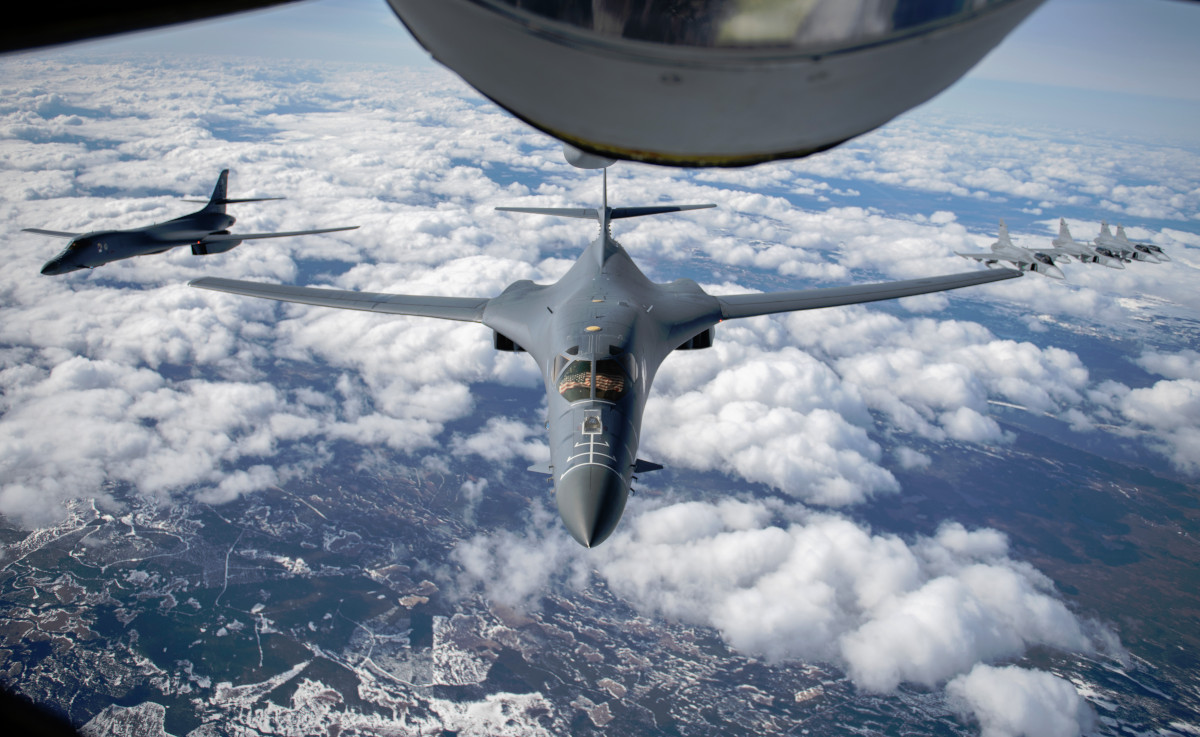
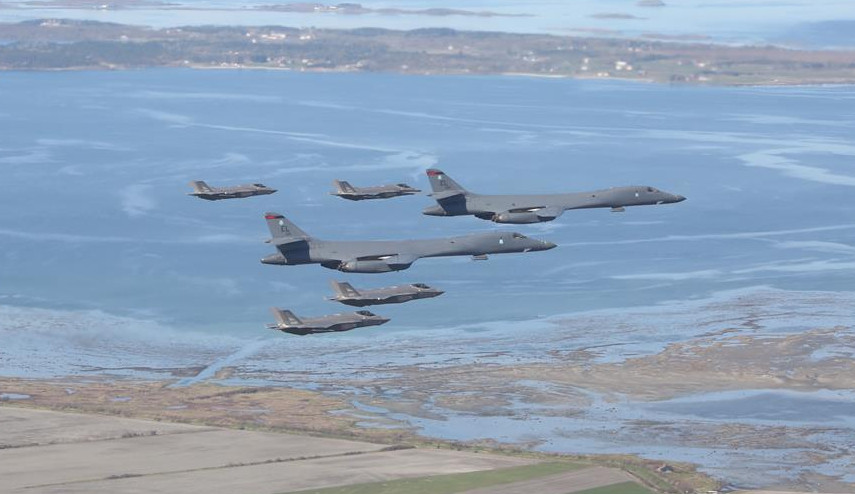
Video has since emerged of a Russian Flanker intercepting a B-1B recently over the Baltic. It’s not clear if this interaction took place during the Bomber Task Force Mission in that region last week or if it occurred as the bombers were heading to or from the Black Sea region today.
On May 22, another B-1B made an unprecedented flight into the Sea Of Okhotsk in the Pacific region, a body of water surrounded by Russian territory on three sides where American military aircraft generally don’t venture. This is yet another example of how the U.S. military has been employing bombers, together with the new Dynamic Force Employment model, to challenge potential adversaries.
All told, the use of long-range B-1B bomber sorties as part of the Dynamic Force Employment concept has gotten much more attention for the signals it has been sending to China, as well as Russia, in the Pacific in the past month or so since the end of the Continuous Bomber Presence mission on Guam. These latest sorties to the Black Sea make clear that the U.S. military is intent on using these missions to show its resolve in potential hotspots around Europe, as well.
Update: 3:55 PM EST—
The Russian Ministry of Defense has now said that its Su-27P and Su-30SM Flanker fighter jets intercepted the B-1Bs in international airspace over both the Baltic Sea and the Black Sea during the May 29 Bomber Task Force Mission. It’s unclear if the video footage it released it from the Baltic Sea or the Black Sea intercepts.

Contact the author: joe@thedrive.com
